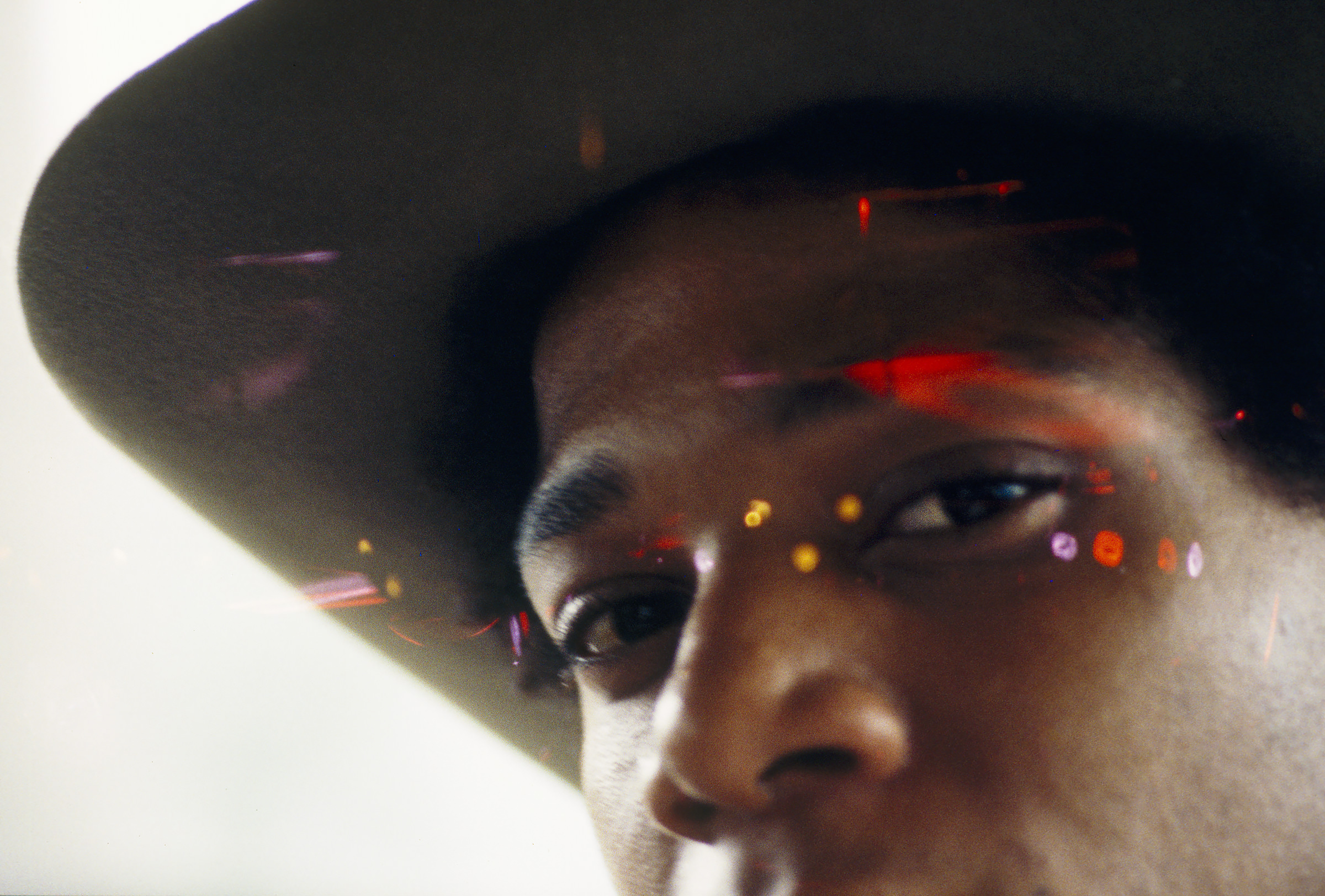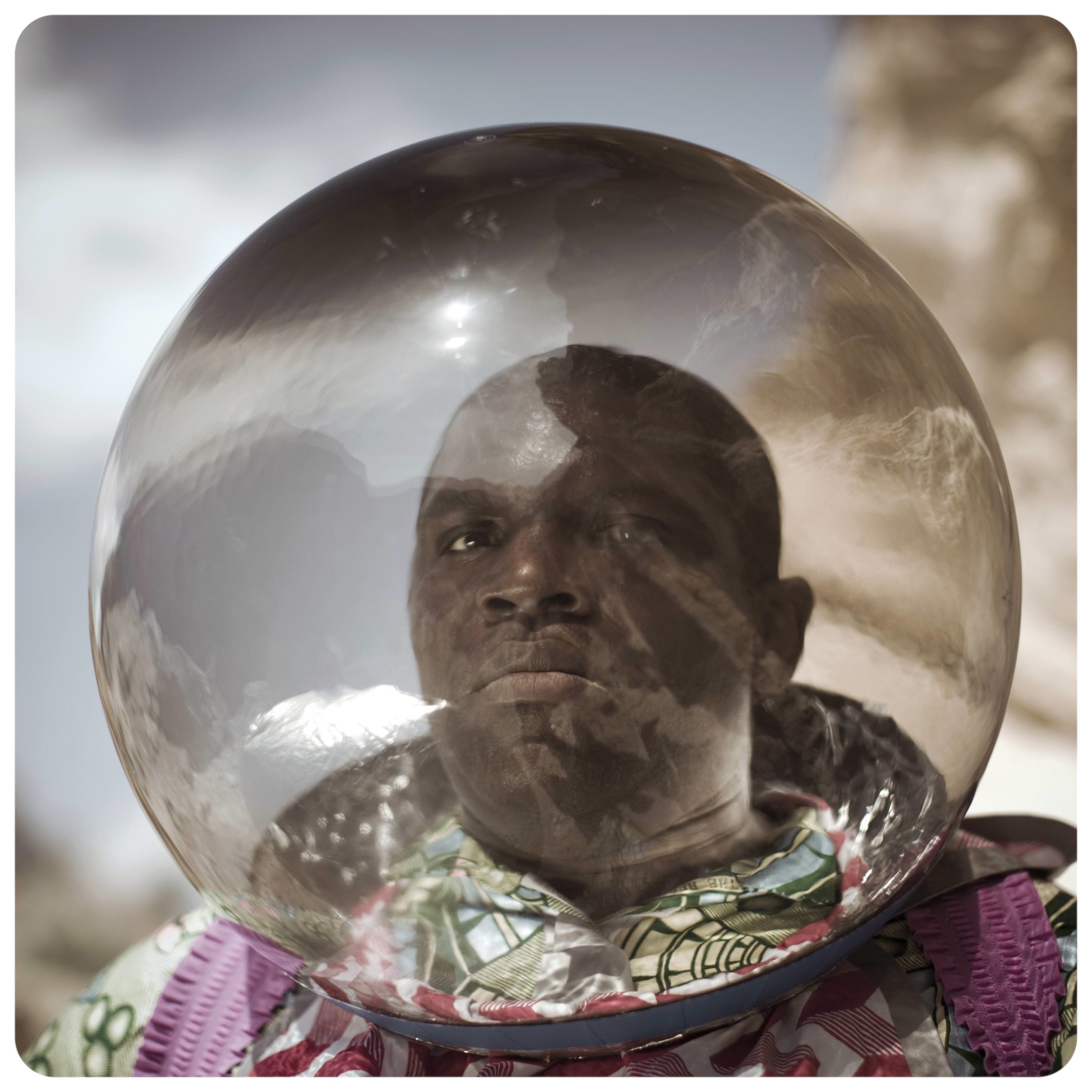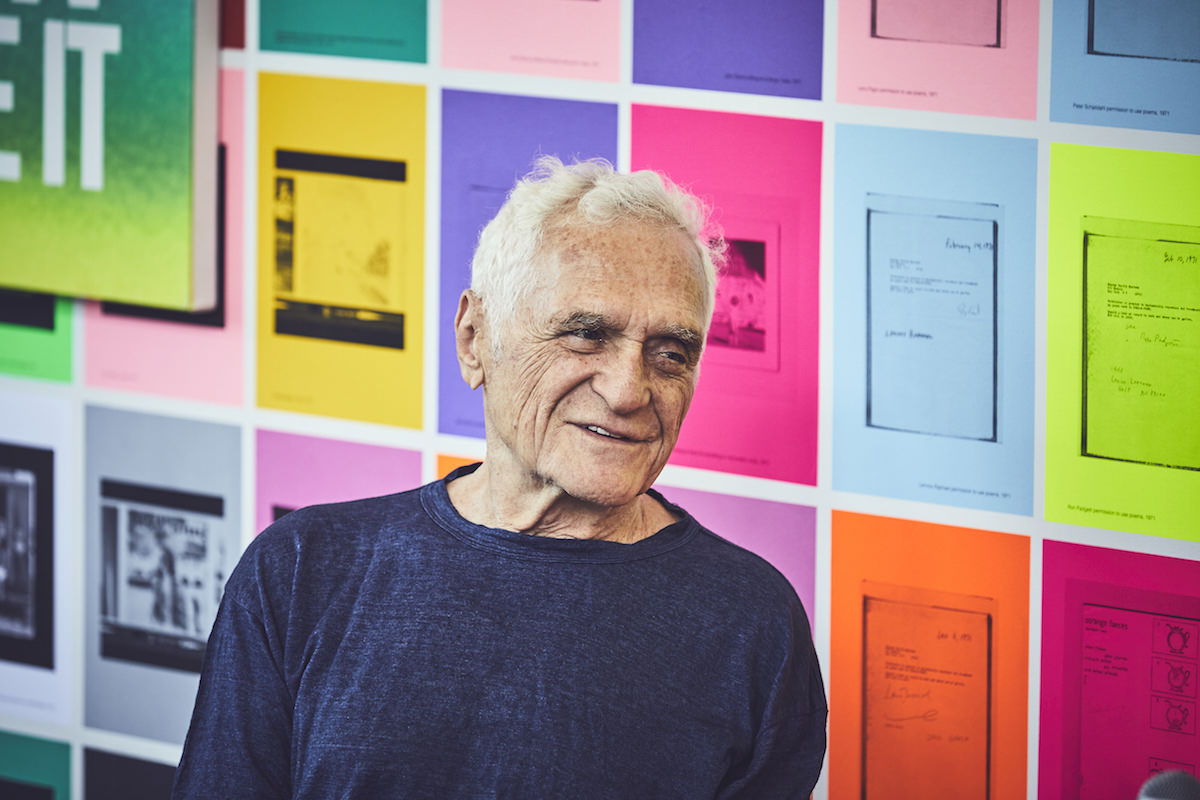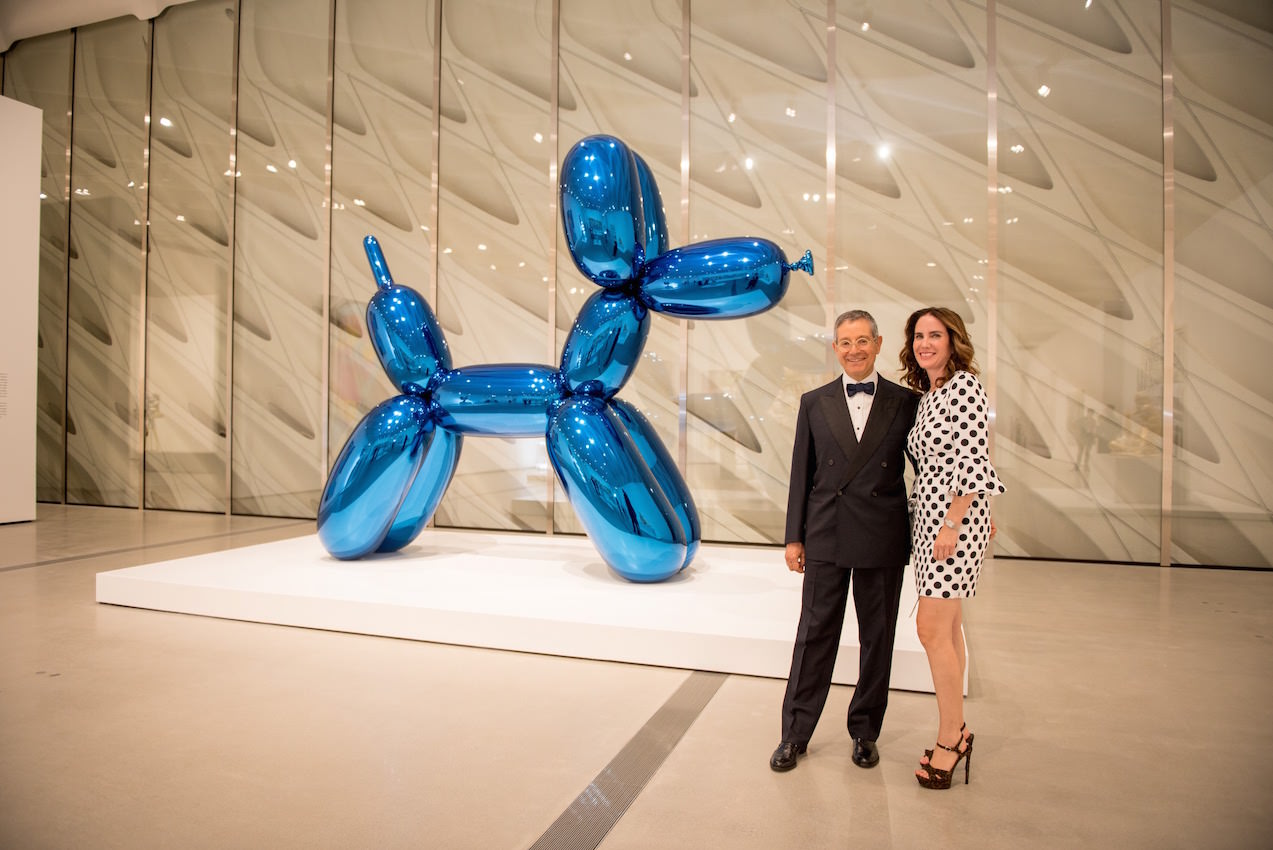Currently on view at Eva Presenhuber in New York is “Lee Jaffe: Jean-Michel Basquiat.” The musician, known from his time as a band member for Bob Marley and The Wailers in the seventies, found himself in New York in the early eighties where he continued to record but also to make art. His influences at the time were heavyweights like Julian Schnabel and David Salle. In 1983 he met Jean-Michel Basquiat, who turned out to be a big reggae fan. Basquiat invited Jaffe to travel with him—from Japan to Thailand, and from Switzerland back to New York. The documentation of that memory-making trip makes up the exhibition at Eva Presenhuber, which closes on Friday.
Jaffe captured the energy and ambition of the young artist, who painted throughout their time together. Below, he shares some memories from their time together traveling the world.
“It was the first time in Japan for both of us and we were both a bit dazzled by the energy of Tokyo and a bit taken aback by the U.S. influence. McDonald’s in Japan didn’t seem right—a frightening example of globalization. We walked in a park and began to be followed by a gaggle of teenagers in rockabilly clothes—not threateningly as they kept a distance—but in seemingly awed curiosity. In Roppongi we found a small storefront specializing in Reggae records, which we loved—me in particular as it showed that The Wailers music was transcending borders. Peter Tosh’s album that I helped produce and for which I shot the cover photo was predominately displayed.”
“The next day we were excited to take the bullet train. Nothing like that existed in the United States—and doesn’t till this day. We stayed overnight at a modest but elegant spa near Mt. Fuji—in awe of the beauty– and enjoyed the baths. The next day we went to Kyoto. I think Jean was profoundly affected by our trip—the dichotomy of the ultra modern Tokyo, the technological marvel bullet train—and the serenity of Kyoto like a Basho haiku. We made several photographs on the train and they are among my most favorite pictures.”
“Thailand: The first visit for both of us. Arriving at the airport we grabbed a taxi. In the early 80’s in New York Thai herb— mostly of excellent quality– was the most prevalent cannabis. We were anxious to find as in Japan we didn’t even bother to search believing it would be fruitless.
We asked our driver if he could help and he emphatically answered yes, anxious to make some extra money. We drove around Bangkok—hot and muggy and still not checked into a hotel after a seven-hour flight. The drive began to seem much too long. Finally we parked and he guided us through a tiny rancid smelling alley. It felt dangerous and not right—like the opening of the Jamaican movie “The Harder They Come” where the hero played by Jimmy Cliff arrives by bus in Kingston—the big city—as a naïve country boy and immediately gets his baggage stolen.
The driver knocked on the door and a thuggish scowling bouncer walked us into a club. It was one of the most indelible and depressing scenes– etched like a grim sordid nightmare in my memory. The club was dimly lit. There was a stage– like a bandstand– but there was no band. About 20 girls with signs hanging from their necks with bold numbers printed on them were spotlighted. Two girls were lying down with cigars in their vagina’s puffing smoke. It was shocking and we were both disgusted and turned around and exited so pissed at the driver. The next day we wanted to get out of Bangkok as quickly as possible—anxious to put the experience behind.
We asked the front desk where we could find a beach and he told us to go to Pattaya. Driving on the outskirt’s of Bangkok there was a giant billboard along the road advertising the movie “The Deer Hunter”. It was a giant painting depicting Robert De Niro with a gun to his head—an image from the iconic Russian roulette scene with De Niro and Christopher Walken. It felt like that movie must have been playing interminably as it had been released in New York five years earlier. How ironic that this powerful and tragic movie– so brilliant in so many ways yet so easily interpreted as Orientalist– would be so popular in Thailand.”
“The two-hour drive was a welcome escape but when we arrived we discovered it was a national holiday and all hotels were booked. Worse, there was a U.S. Navy destroyer parked a couple of hundred yards off shore and there were hundreds of sailors in military uniform mixing along the crowded beach with the Thai tourists. It felt like a scene from Apocalypse Now. We asked around and managed to buy some herb and someone told us we could take a small boat to a little island an hour or so ride off the mainland.”
“The island had a small fishing village and was devoid of tourists and the people were extremely kind to us and so unpretentious. We drank coconuts and smoked spliffs and city life seemed a galaxy away.”
“St. Moritz: 1983, our stop in Switzerland occurred through an invitation of an art dealer that Andy Warhol had introduced to Jean-Michel. We viewed our trip as a vacation but when we arrived in St. Moritz the dealer had canvases stretched and jars of paint and brushes waiting. Jean was offended. It was as if the German-Swiss master of the house in this exclusive resort town had not invited him to stay as an equal but as a servant—subjugated to do the lord’s bidding. There was a large cushion for a newly delivered couch. It was still wrapped in the shipping plastic and I suggested to Jean that we unwrap it and that he paint on it instead of the canvases and that I would photograph his painting process from beginning to end. A few years ago—decades after Jean’s passing– the work showed up at a private viewing and sale at Sotheby’s in New York. Insidiously, someone had taken the guts out of the cushion and the painted surface had been stretched on wooden bars.”
“New York, 1983: I was preparing an exhibition of portraits of figures from U.S. history who had unjustly been condemned as traitors—Nat Turner and John Brown, Sacco and Vanzetti, Benedect Arnold, the Rosenbergs. I wanted to include a portrait of Cinque—an enslaved African on a Spanish slave ship who in 1832 led a successful revolt and take over by the human cargo that had been methodically packed and chained. I had a shaped canvas constructed to the shape of an actual diagram, projected it and painted it in. I was stuck as I couldn’t find a good likeness of Cinque and the show was soon ready to be installed. Jean came by and I explained to him my frustration. He suggested he pose as Cinque and we took a polaroid which became the source for the painting…”









